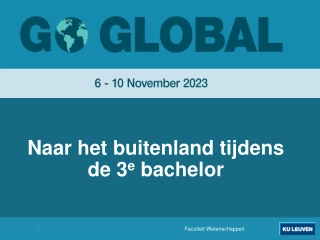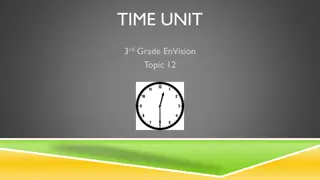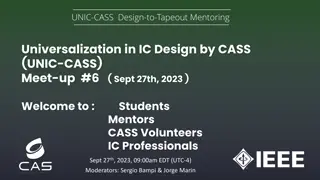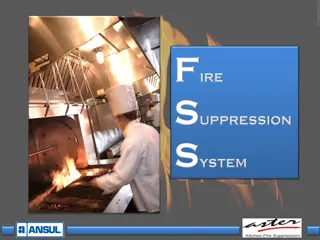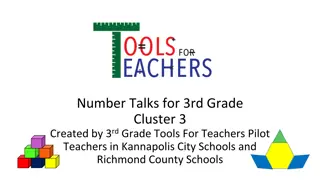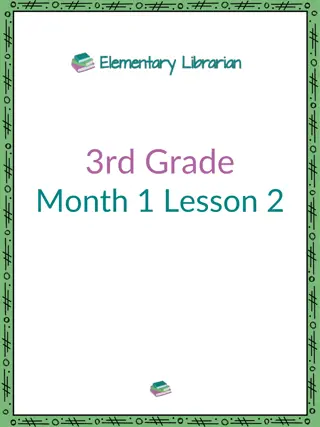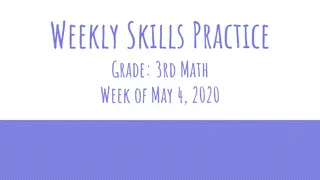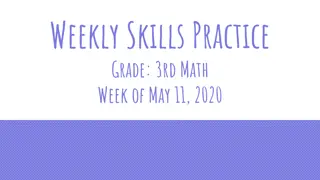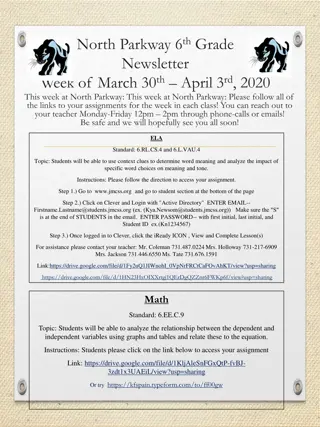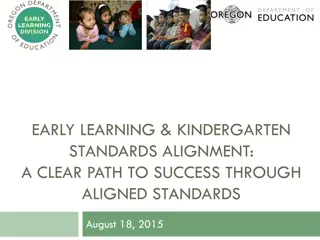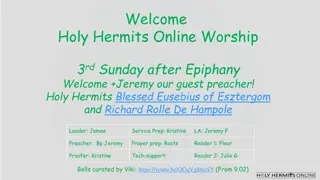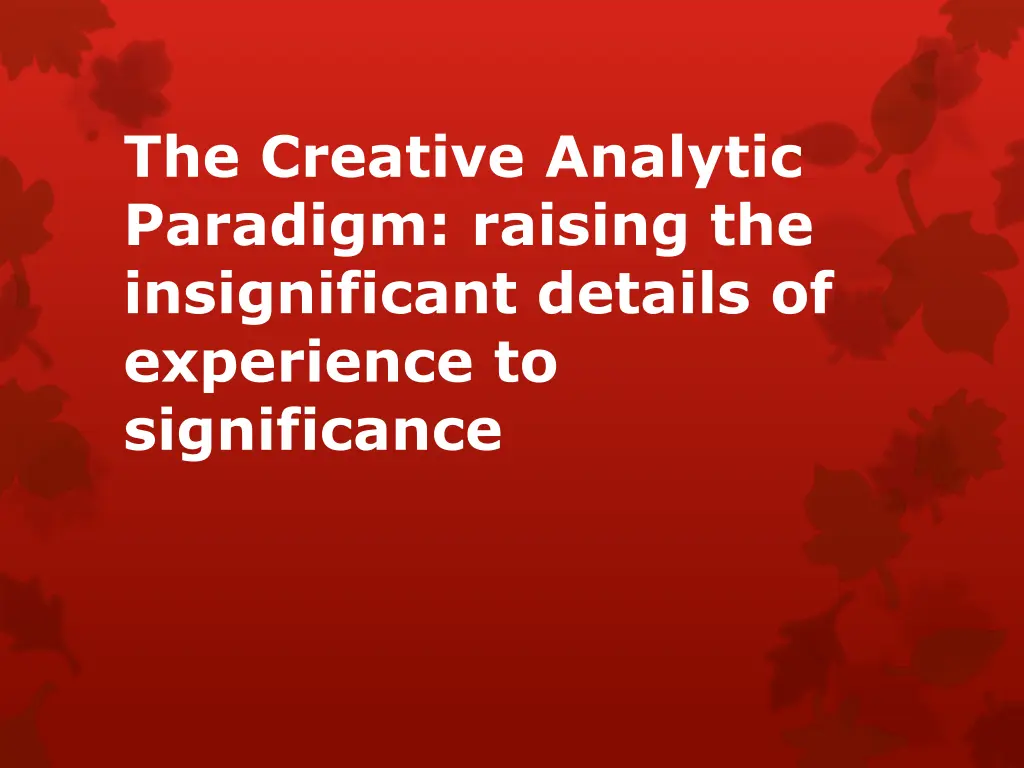
Unveiling the Creative Analytic Paradigm
Explore the Creative Analytic Paradigm, emphasizing onto-epistemological thinking and diffraction. Delve into the evocative objects model, imaginative additive process, generative divergent analysis, and the significance of outcomes in professional conversations. Discover the potential of satellite topics and conceptual canvas in increasing complexity.
Uploaded on | 0 Views
Download Presentation

Please find below an Image/Link to download the presentation.
The content on the website is provided AS IS for your information and personal use only. It may not be sold, licensed, or shared on other websites without obtaining consent from the author. If you encounter any issues during the download, it is possible that the publisher has removed the file from their server.
You are allowed to download the files provided on this website for personal or commercial use, subject to the condition that they are used lawfully. All files are the property of their respective owners.
The content on the website is provided AS IS for your information and personal use only. It may not be sold, licensed, or shared on other websites without obtaining consent from the author.
E N D
Presentation Transcript
The Creative Analytic Paradigm: raising the insignificant details of experience to significance
Hognestad & Boe (2012) referred to onto-epistemological thinking when drawing on the Deleuzian concept of diffraction within the context of the kindergarten as a physical setting. They emphasised the view of Hultman & Lenz Taguchi (2010) that, A diffractive reading is [thus] not a reading of a photograph as in taken-for-granted understanding, but a reading with the photograph in your encounter with it. In this event something new is created with the data (p. 537 emphasis added)
Creative analytic paradigm the evocative objects model involves developing a state of being-in-relation-to the object that is both generative and divergent a serendipitous background activity rather than an exhaustive systematic active interrogation and extraction of meaning
Imaginative additive process of generating alternative speculative reflections Guilford, J. P. (1973) Traits of Creativity. In Vernon, P. (Ed.) Creativity. Bungay, Penguin Education. pp. 167-88 Layder, D. (1998) Sociological Practice: linking theory and social research, London, Sage. Novitz, D. (2000) Interpretation and Justification. In Margolis, J. & Rockmore, T. (Eds.) The Philosophy of Interpretation. Oxford, Blackwell. pp. 4-24
Satellite topics and conceptual canvas Potential rhizomatic structure Some satellite topics are likely to be more developed than others Coloured circles represent evocative objects Circles with strands are satellite topics
Outcomes contributing to and increasing the complexity of the everyday professional conversation. The conversation itself is not aimed at proving or confirming anything but focuses on sharing experiences, suggesting questions and raising awareness of potential decision points, unsettling established viewpoints Our propensity to change practice is a function of the attractiveness of a set of ideas, rather than the rigour of a body of data-based conclusions (Eisner, 2005, p.89)
Insignificant detail:- Pictorial timetable Me. How do the children know what they are going to do during the daytime? In some schools they have a sort of picture line or something like that. S. We were we are it s in the pipeline we don t have one yet ! Link to virtual tour
Reading area Pictorial timeline/ timetable Coats and bags
Possible meanings: Reminder Independence Teacher s authority Communication with parents Timetable design e.g. size and nature of the images Learning support e.g. if relocated to maths area to do list / message board within HighScope approach
Applying the GDA model Alternative domains relate to fluency and flexibility possible meanings Alternative domain: support for learning Alternative domain: parental involvement Home domain: organising the day Turning towards : children leave their book bags in the reading area and incidentally get reminded of how the day is structured Alternative domain: design Alternative domain: authority of the teacher
Turning away from the timeline Consideration of different pedagogical approaches e.g. Displayed timeline: Reggio Emilia approach Classroom as the third teacher No timeline: Montessori approach Natural biorhythms of the child Active timeline: HighScope approach active plan, do review :
Turning away Classroom as the third teacher: Reggio Emilia approach displayed timeline Broadening the concept of reading or learning mathematical concepts Alternative domain: support for learning Discourse of parental involvement relates to Laclau & Mouffe (hegemony/antagonism) Alternative domain: parental involvement Home domain: organising the day Self regulation/ relates to Foucault (Insidious disciplinary technologies) Alternative domain: design Alternative domain: authority of the teacher Independence/ interdependence - relates to discourse of quality re. cultural values Structure/ independence/ relate to Derrida (binary analysis)
In contrast to this elaborating interpretation the teacher s actual intention was to locate the timetable in order to support the Asperger s Syndrome child in her class.
If you would like to help develop the project please contact me at: a.barnett@worc.ac.uk



